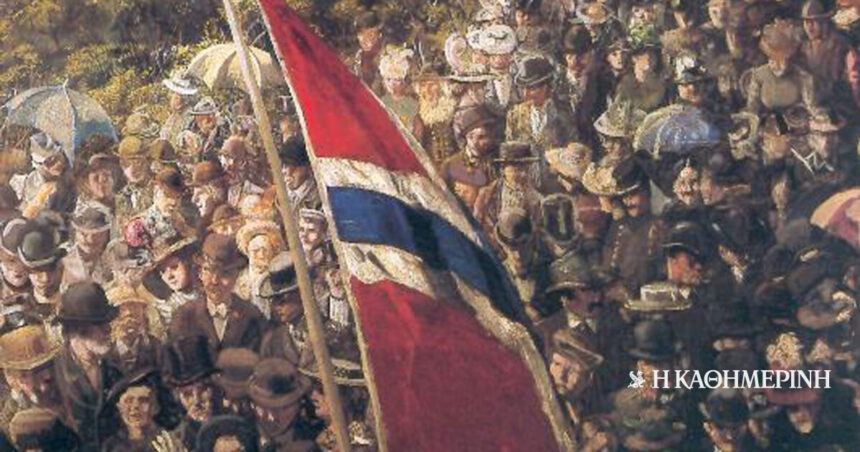Its constitution Norway It was one of the many results of the political turmoil caused by the Napoleonic wars in the 19th century.
At that time, Norway was united with the Denmark. The ruler Frederick VI, however, resided in Denmark and considered himself the primarily Danish king. During the Napoleon wars, Frederick allied with the French against Great Britain and Sweden. This has caused problems in Norway as Her shipping was limited due to British exclusion, and her extensive borders with Sweden were a source of danger and concern. The situation would become even more complicated when the British, Russians, and the priests agreed to allow Sweden to annex Norway after the final defeat of the French emperor, as it did.
Her news Treaty of Kielwith which these changes were regulated, caused the rage of the Norwegians. The result was that the prince successor Frederick Christian Augustusa cousin of King Frederick VI, who served as his commander -in -chief in Norway, expressed a hesitation to abandon his hereditary claim on the throne and trying to turn Norway into an independent nation. Many Norwegians, however, argued that after the denial of Frederick VI’s domination, sovereignty had returned to the people of Norway; something that was finally accepted by the prince and convened an assembly for the constitution.
The Constitution established a limited, hereditary monarchy and provided for the allocation of powers.
The work of the Convention was completed on May 17, 1814, when the country’s constitution was signed and Frederick Christian Augustus was proclaimed king. This Constitution established a limited, hereditary monarchy and provided for the allocation of powers between the government’s executive, legislative and judicial sectors: the king, together with a cabinet, exercised the executive. The legislative power belonged to the National Assembly, while the judiciary was a privilege of the nation’s courts. The Constitution of 1814 reflected a liberal political perspectiveas it included guarantees for basic human and political rights.
At the same time, at least theoretically, he established a “free, independent, indivisible and inalienable kingdom”. In practice, however, the nation did not have the power to guarantee this. In July 1814, Sweden’s troops invaded Norway to impose the provisions of the Treaty of Kielmanaging to impose in just a few weeks. Eventually, the two sides agreed in the act of the Union in August 1815, in which, however, the Norwegian rule was recognized.
The Constitution of 1814 is still the basic framework for Norway’s governance.
The Constitution of 1814, although amended many times during the last two centuries, is still the basic framework for Norway’s governance. In fact, it is the second older written constitution which is still valid to this day.
May 17th is a feast day in Norway. This celebration began spontaneously between students and other groups. After joining Sweden, of course, it was considered a kind of protest, even uprising, against the Union. Gradually, however, in the years that followed, there was a change of attitude by Sweden. After 1864, The day acquired more formality And in the Norwegian capital, the first children’s parade, which was involved only boys, and the involvement of girls was only allowed in 1899. After the dissolution of the Union, in 1905, this day was attributed to even greater weight, and after the end of World War II, a new and broader importance was added.
Column: Myrto Katsigera, Vassilis Minakakis, Antigoni-Despina Poumenidou, Athanasios Syroplakis




